Aomori – Japan’s Northern Wonderland of Apples and Float Parades
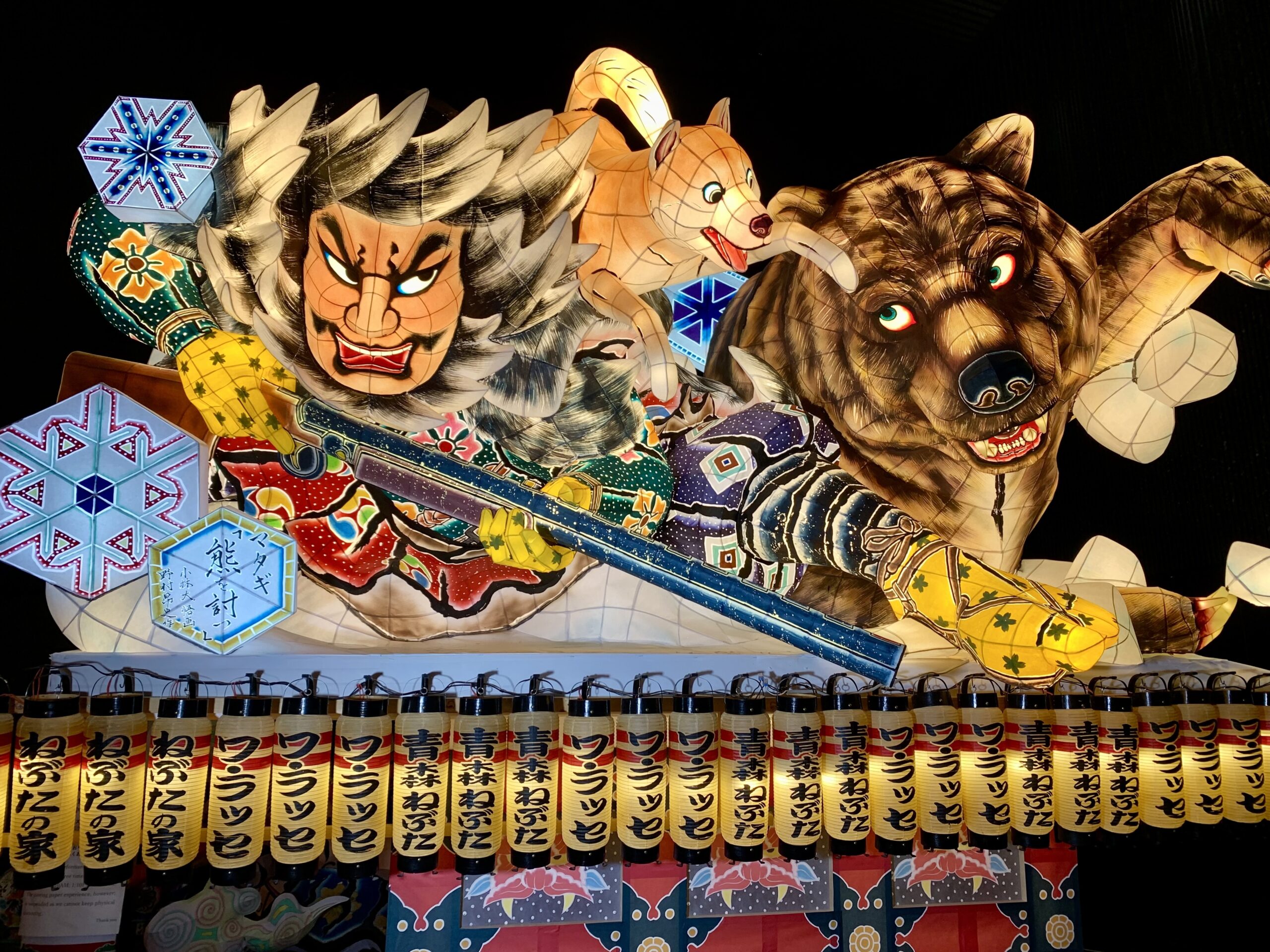

Written by
Name: Stephanie
Country of origin: USA
How long you’ve lived in Japan: 6 years
Where you live in Japan: Tokyo (and 1 year in Gunma)
Instagram
Have you ever heard of the Japanese prefecture Aomori (青森県)? Not many foreigners have, which is a real shame! It’s Japan’s second-most northern prefecture, and the northernmost prefecture on the main island Honshu (本州). Aomori is known for apples and nebuta (ねぶた, lantern floats), but the prefecture really has a lot to offer! So let’s get ready to bite into a crispy adventure!
*Links and directions to all attractions and locations mentioned are compiled at the end.
**Everything mentioned in this article is easily accessible via public transport!
Nebuta (ねぶた) and Neputa (ねぷた)
Aomori and Hirosaki cities (弘前市) have nebuta museums you can visit all year round. Nebuta (or neputa in Hirosaki) are giant washi paper floats made by local artisans. They’re intricately painted and lights are put inside; then they are paraded around the streets on some nights in August. I’ve never been to the festival itself, but if you go I’d recommend booking a hotel well in advance.
The Nebuta Museum WA RASSE (ねぶたの家 ワ・ラッセ) in Aomori City offers splendid, up-close views of previous years’ floats, behind-the-scenes on how and why they make these floats, and even interactive festival music and dance sessions. Fun fact: the name of the museum WA RASSE comes from the chant that is sung at the nebuta festival!
The Neputa-Mura (ねぷた村, neputa village) neputa museum in Hirosaki seems like it has similar displays about neputa, plus an old tea garden and local crafts areas.
*Tip: If you can’t make it to Aomori on those set dates, there are various mini-nebuta festivals in Tokyo, usually just for one evening in spring or fall. A quick search for “nebuta festival Tokyo [year]” will do the job. But if you can get to Aomori and go to one of the museums, you’ll have an absolute blast!
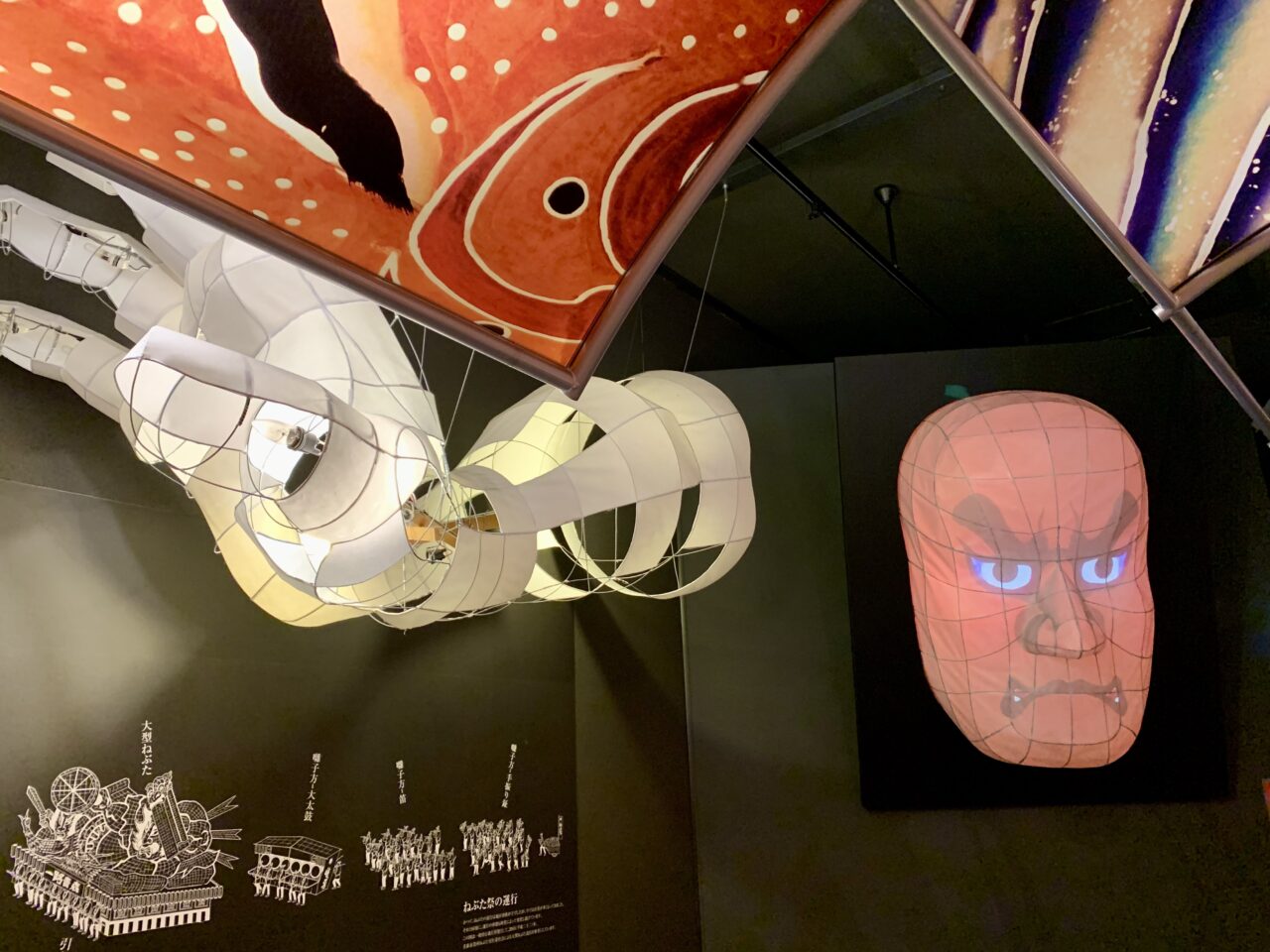
Apples
Apples are all around in Aomori, and even when they’re not in season, you can try local apple juice and apple sweets. Seriously, the apple juice is so pure, even from a plastic bottle, I couldn’t believe my taste buds when I had it the first time! You’ll find all sorts of apple stuff around the prefecture, like apple pie or gelato and even dried apple chips, so don’t worry, you won’t struggle to find apple things.
The apple market A-FACTORY, just steps away from Aomori Station, has tons of apple products, snacks, and sweets, and offers a chance to try apple cider (the alcoholic kind, FYI for all my Americans out there) and see the brewing process as well!
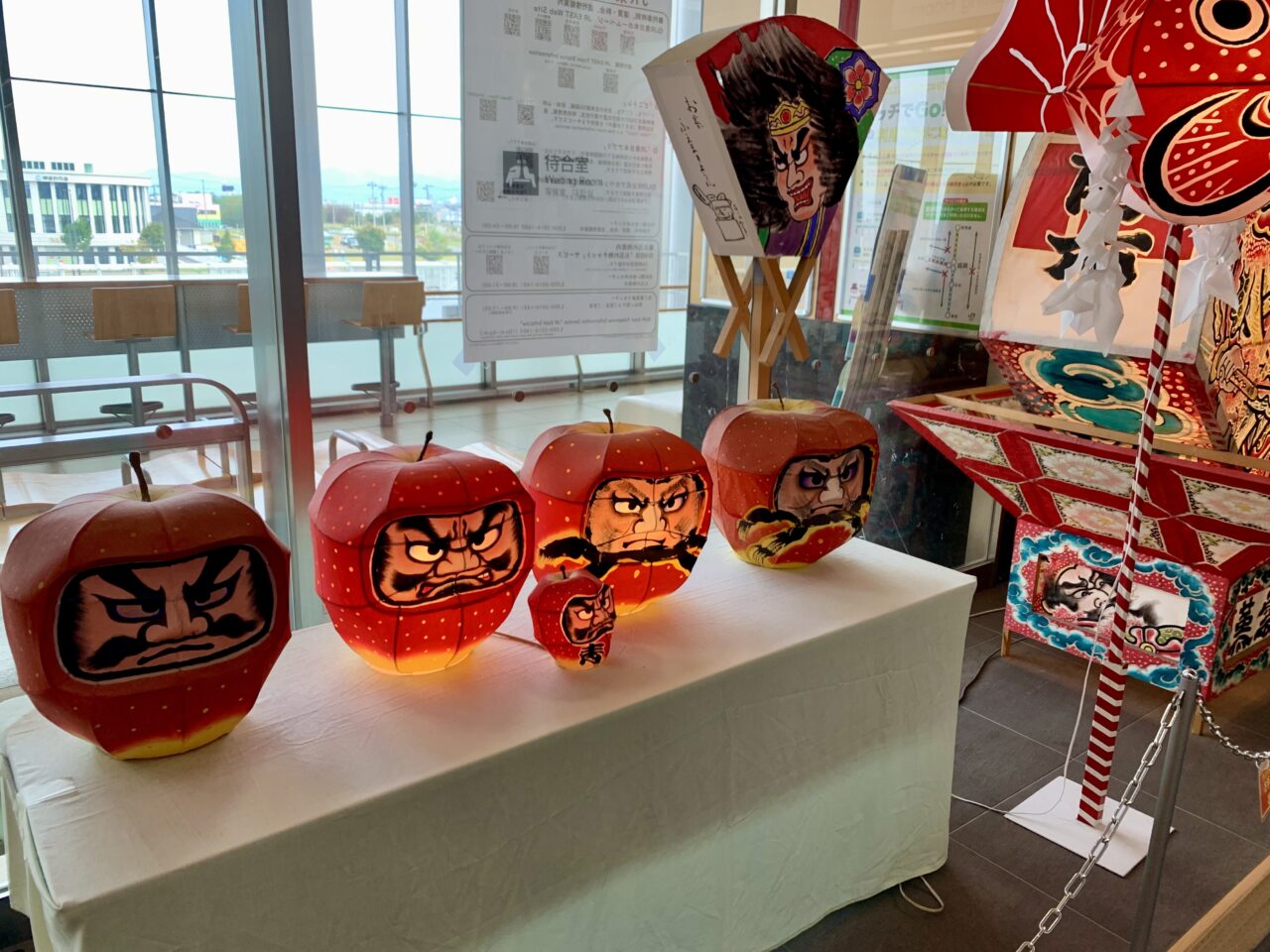
Nature
If you’re looking for nature, Aomori is the place for you! The gorgeous Oirase Gorge (奥入瀬渓流, sometimes called Oirase Stream), Mount Hakkoda (八甲田山) and its ropeway (八甲田ロープウェー), and Lake Towada (十和田湖) are all stunning in summer and autumn.
I went to Oirase Gorge during rainy season, in early July, and it was gorgeous! The lush green and rushing water felt so calming and invigorating at the same time. In regards to trail difficulty, I would say it was easy. There isn’t much of an incline or much actual climbing, and the trail is marked well and consistently walked on. Of course, like most trails in Japan you have to watch for bears, so I was a bit nervous to go by myself. But a fellow hiker explained to me that this trail is generally safe since it is a clearly marked, well traveled trail, so the consistent foot traffic tends to keep bears away.
Thinking about it, I had space to really breathe and get away from overly crowded places like Tokyo and Mount Fuji, but there were enough people that I was never truly alone. When I went to Oirase Gorge, I got off the bus at the beginning of the trail and got on the return bus at the end, so that was convenient.
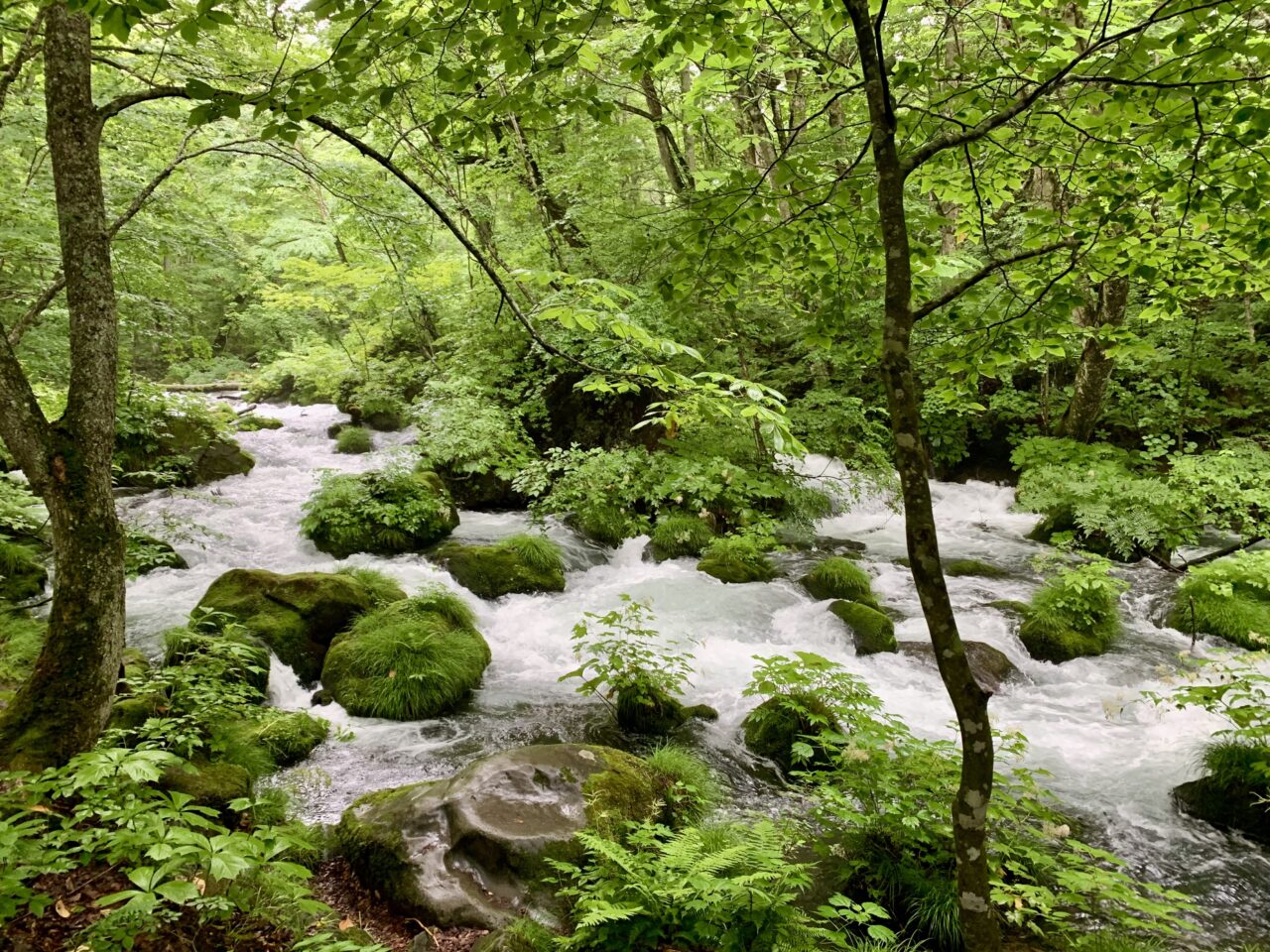
Similarly, on another trip to Mount Hakkoda, I got off the bus and rode the ropeway up, walked around the hiking course, and took the ropeway back down to the bus. The ropeway was fun and the views from the cable car and during the hike were truly stunning! I went in September, so there was a nice mix of autumn colors and summer green. The hiking course is pretty easy, with various loop routes you can choose based on how much time you have. Checking the website, it seems like there is snowshoeing in Mount Hakkoda during the winter, too!
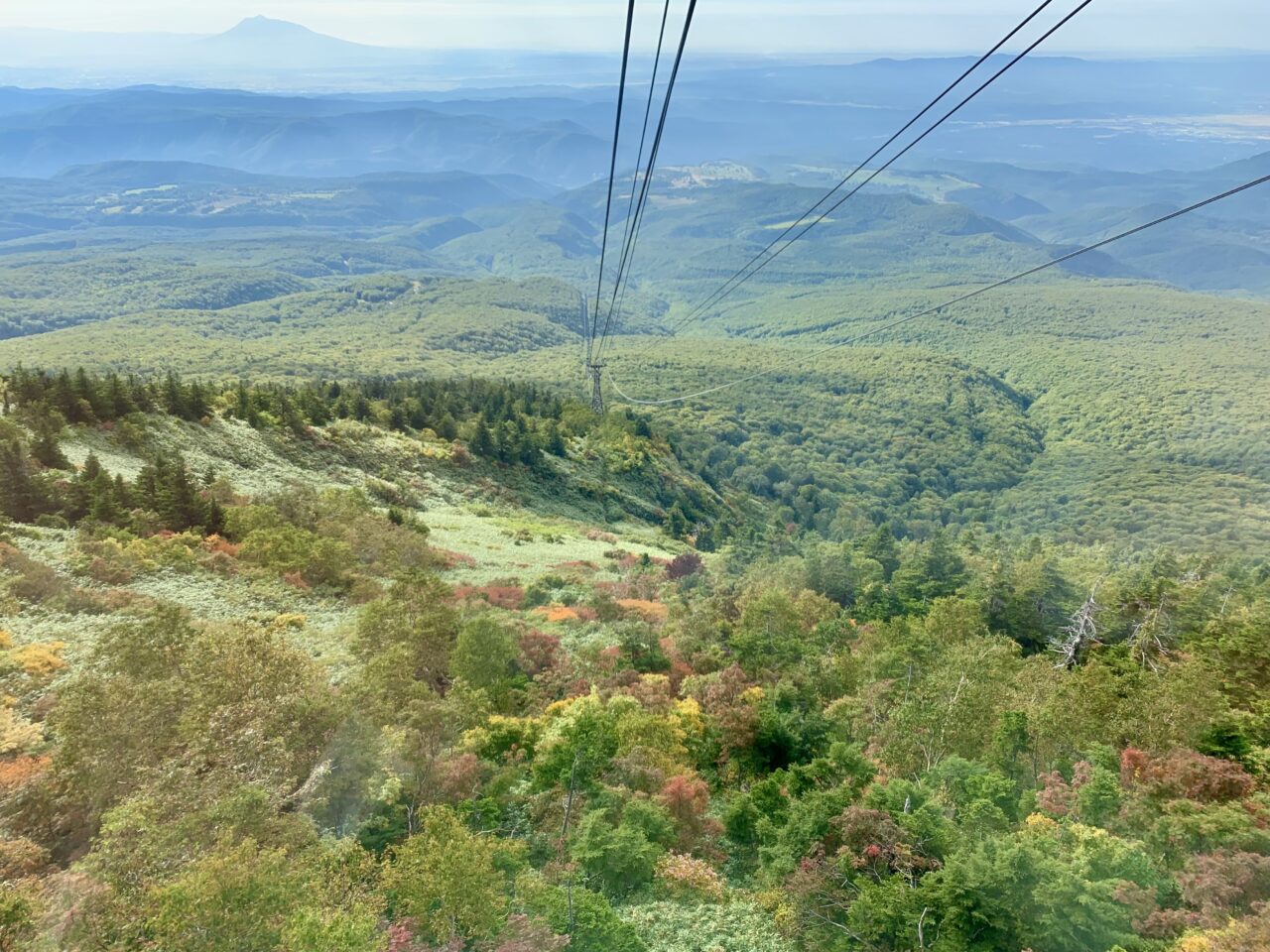
Traditional Ryokan Inn
When I visited Aomori, I stayed in an amazing traditional ryokan (旅館) inn just a few train stops outside of downtown Aomori. Called the Asamushi Sakura Kanko Hotel (浅虫さくら観光ホテル), it’s situated on the beach, which you can go to any time. This is definitely one of my favorite hotel stays in all my years in Japan!
The rooms are spacious and Japanese style (but rooms with Western-style beds are available for those who don’t want to sleep on a futon). The breakfast was tasty and filling (dinner also available). The public onsen bath had a wonderful view of a tree-covered hilly island with a shrine, a really unique onsen view! (There are regular baths in the room, too.)
For your cultural enjoyment, there were nebuta displays throughout the hotel, and perhaps the best part was the free shamisen (三味線) performances (traditional 3-stringed instrument) every evening! A quick glance at the website, the prices seem to range from ¥14,000-36,000 ($90-232) per adult, which is quite a good price for this type of ryokan inn.
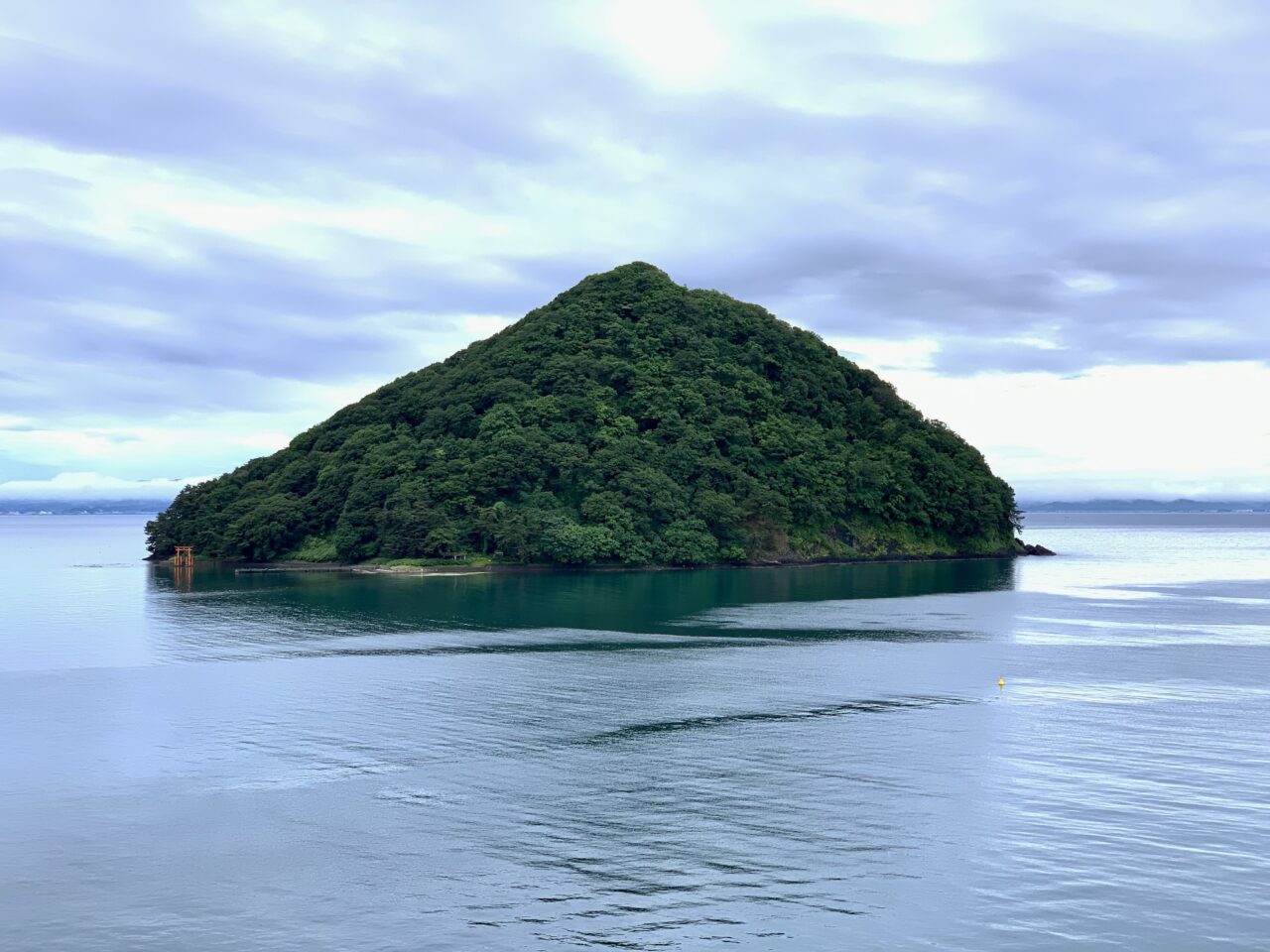
The Apple of Your Eye??
Well, have I convinced you to head to Aomori yet? There’s something for everyone, and the crowds are so small you will forget about all those reports of “overtourism” in Japan. Whether you want to bite into the perfect apple, immerse yourself in unique traditional culture, or bask in nature, Aomori will not disappoint!
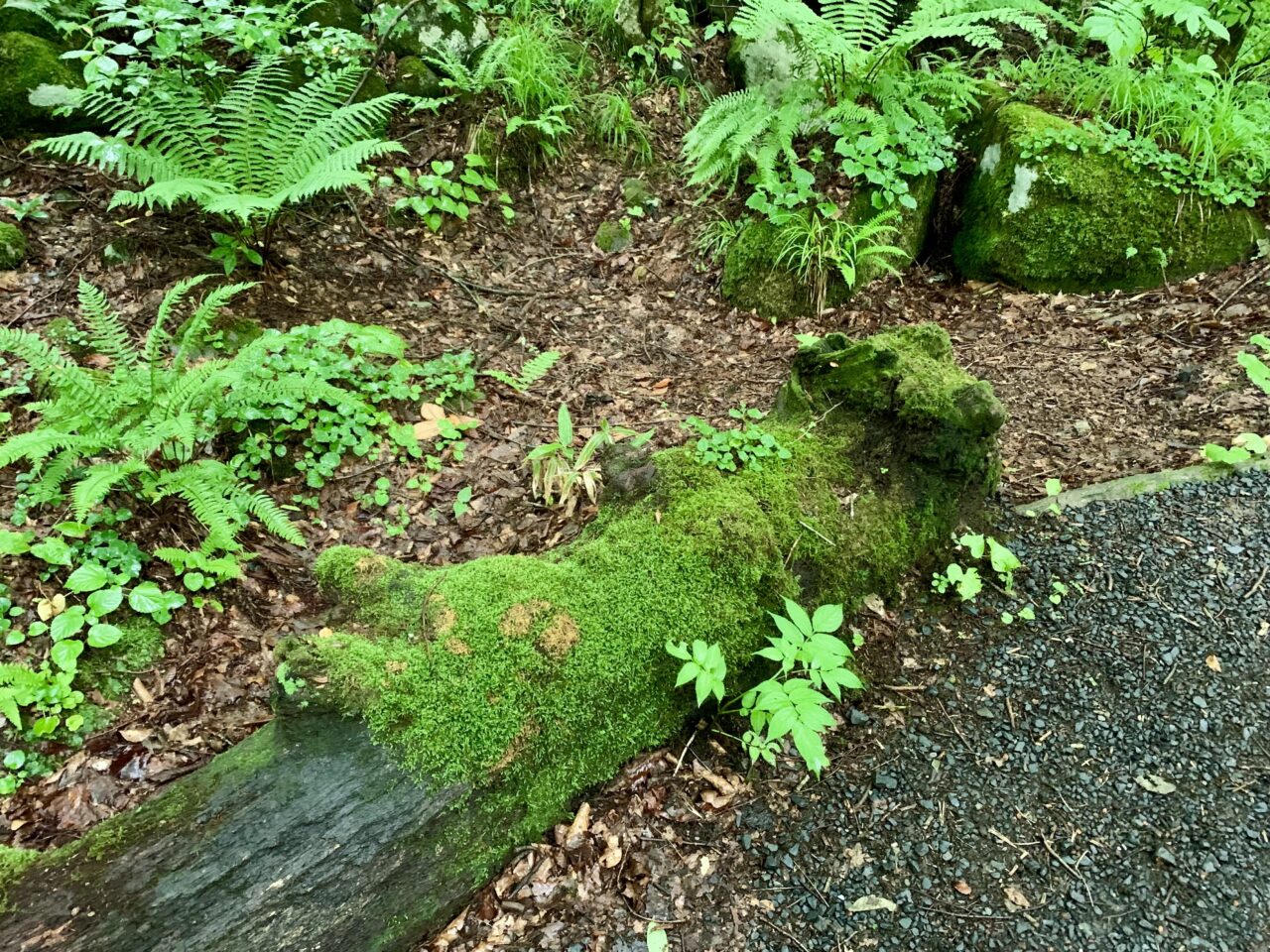
Getting There
- Take the Tohoku Shinkansen from Tokyo to Shin-Aomori Station (3h17m); then head to Aomori Station (6m) or Hirosaki Station (40m), both on the local train (奥羽本線, Ou Line).
- The Asamushi Sakura Kanko Hotel can be accessed from Shin-Aomori or Aomori Stations. From Aomori, take the Ou Line 7 minutes, and from Shin-Aomori take the Aoimori Railway Line 20 minutes. Get off either train at Asamushi Onsen (浅虫温泉) Station and walk 9 minutes (free shuttle available, confirm with hotel).
- As for accessing the nature spots I mentioned, they’re all connected to Aomori Station by a single bus line. It’s really convenient! Here’s the website for the JR bus between Aomori and the Hakkoda ropeway, Oirase Gorge, and Lake Towada (In winter the bus does not go as far as the gorge or lake, but it does go to the Mount Hakkoda ropeway).
*The JR Pass and JR East (Tohoku Area) Pass cover the Tohoku Shinkansen, the local Ou Line train, and the JR bus to Lake Towada.
Links:
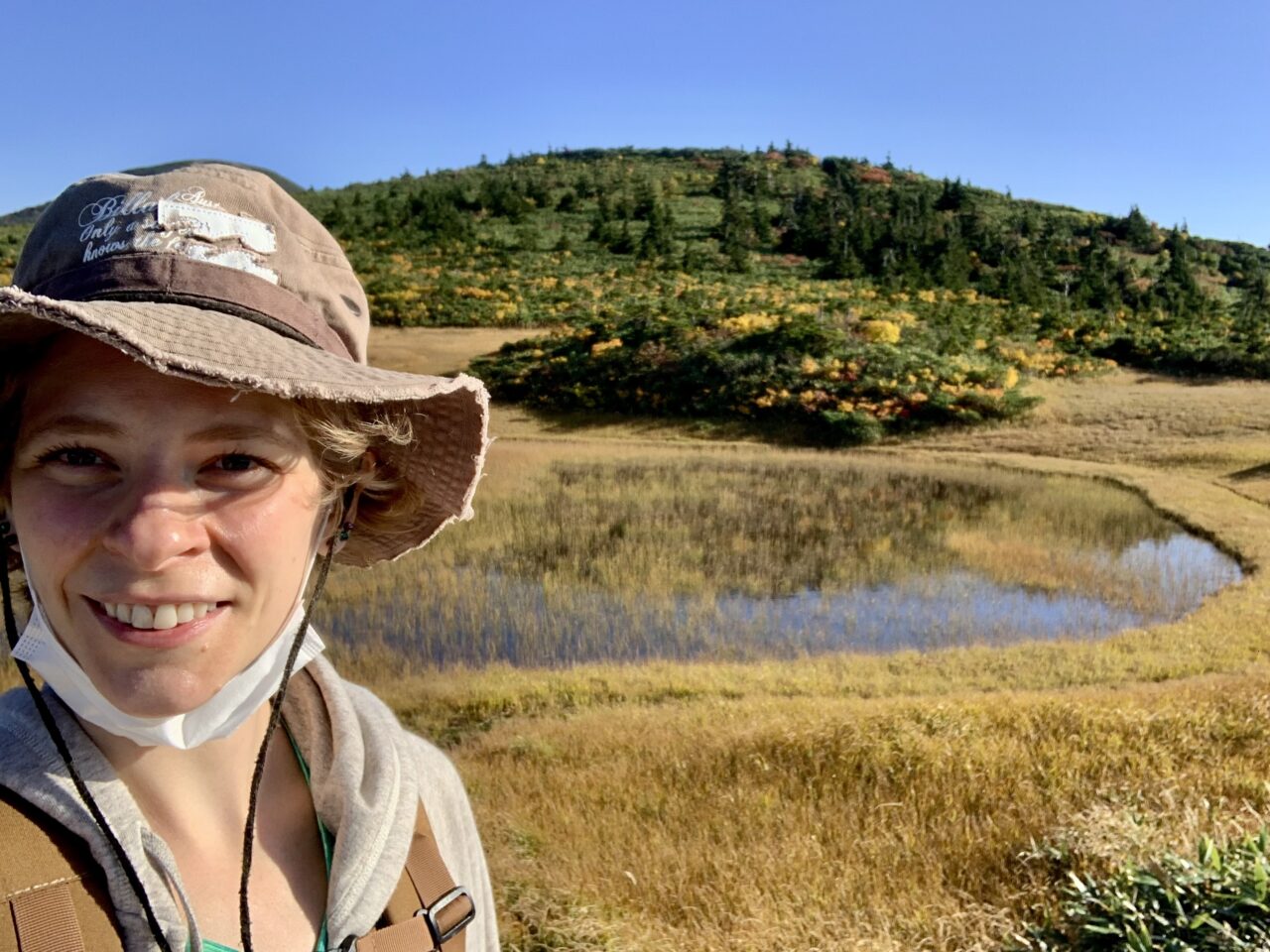
Aomori Prefecture-
- Nebuta Museum WA RASSE, Aomori City
- Neputa-Mura, Hirosaki City
- Lake Towada and Oirase Gorge
- Mount Hakkoda
- A-FACTORY apple gift shop and cider factory (website in Japanese)
- Asamushi Sakura Kanko Hotel
